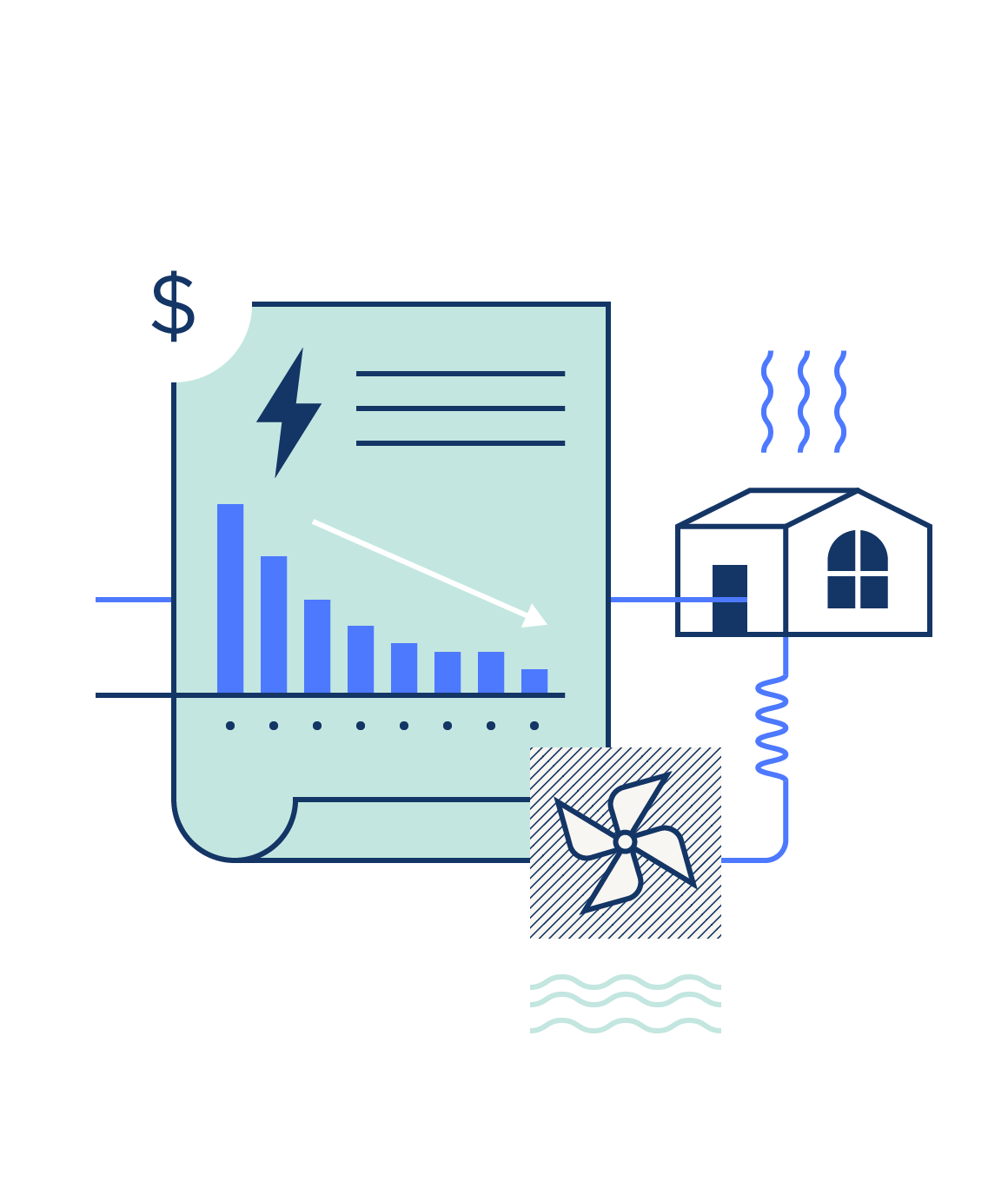California has long been recognized as a leader in energy efficiency—from adopting the first-in-the-nation appliance efficiency standards (Title 20) in the 1970s to the first standards on battery chargers in 2012. As California looks to decarbonize by 2045 and transition toward greater utilization of clean electricity sources, there has been accelerating momentum to electrify buildings, homes, and transportation.
At the federal level, the Biden Administration allocated over $900 million to the California Energy Commission (CEC) home energy efficiency and equitable building decarbonization program.162 This funding was provided under the Inflation Reduction Act (IRA)163 and was specifically targeted towards programs benefiting low- and middle-income households.
In 2022, California emerged as a leader in the push towards zero-emissions appliances by committing to a statewide standard.164 More than 70 local jurisdictions have adopted electric-friendly codes to the current state building code, leading the way for other cities like New York to adopt similar climate policies.165 In addition, Governor Newsom proposed a statewide zero-emissions appliance standard that aims to increase the sales of heat pumps166 and set targets of 6 million heat pumps in buildings and 3 million climate-ready and climate friendly homes by 2030.167 Moreover, the California Public Utilities Commission (CPUC) took a groundbreaking step by eliminating subsidies for new gas system connections that took effect in July 2023, making California the first in the nation to take such action.168
The rebounding economy played a significant role in driving up energy consumption in California in 2021—both in total and per capita terms—with notable increases of 3.6 percent and 3.4 percent, respectively. However, California’s total statewide energy consumption was 3.8 percent lower in 2021 than in 1990, while energy consumption per capita declined even faster—decreasing by 25.9 percent. Among the end-use sectors, the transportation sector experienced the most substantial surge, witnessing an 18.2 percent increase in California compared to 2020. This surge can primarily be attributed to the higher demand for fossil fuels, encompassing both electricity and non-electricity sources.
While California achieved significant milestones in 2022, it is important to maintain momentum. The state has set ambitious targets under SB 350, aiming to double its energy productivity level.169 To achieve this, California must strive to maintain an average annual growth rate of 3.5 percent in energy productivity. This underscores the need for continued efforts and investments in energy efficiency and sustainable practices to ensure a sustainable and resilient energy future for the state.
